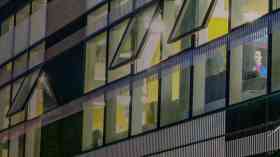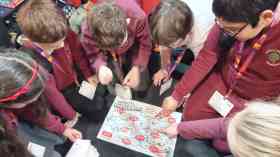Action Mats create resources for primary and early years children focussing on movement skills and active learning.
Supplier Focus
Latest Supplier News
Borg & Overström is a UK manufacturer of premium drinking water solutions. For over 20 years Borg & Overström has developed sustainable, bottle-less, hygienic, drinking water dispensers with the aim to provide exceptional, safe, self-service drinking water into schools, universities, workplaces and communal spaces.

 Stage lighting is no longer a matter of simple illumination as it was less than 100 years ago. Lighting design is the process of using the qualities and functions of light to affect people, objects and space. The qualities of lighting are intensity, form, color and movement. The functions of lighting are visibility, mood (atmosphere), composition and motivation.
Stage lighting is no longer a matter of simple illumination as it was less than 100 years ago. Lighting design is the process of using the qualities and functions of light to affect people, objects and space. The qualities of lighting are intensity, form, color and movement. The functions of lighting are visibility, mood (atmosphere), composition and motivation.








